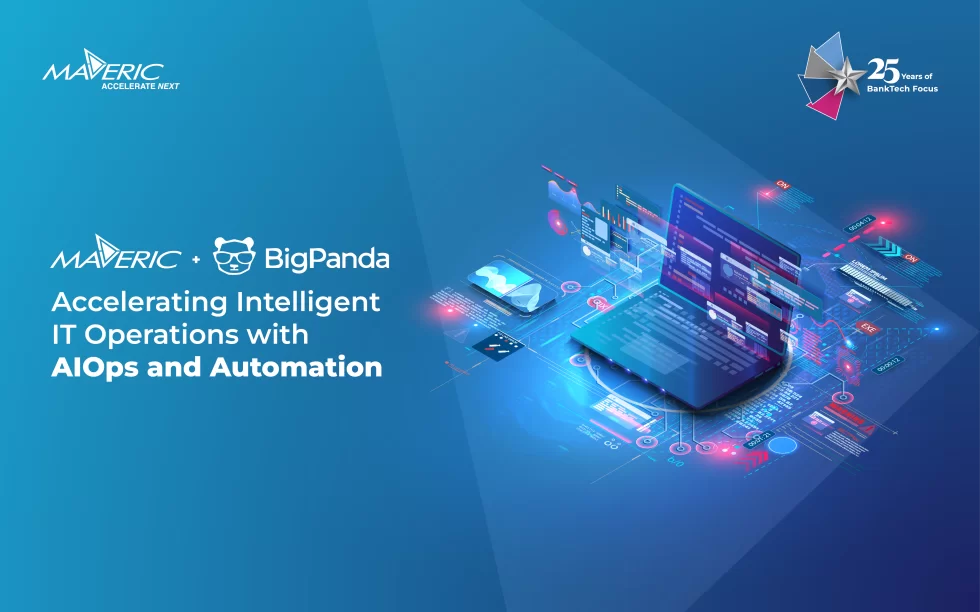Banks have used technology to deliver financial services for decades – Credit cards in the ’50s, internet banking in the ’90s, and contactless payments in the ’00s. However, the stratospheric use of technology has only upped the ante. Some instances highlight this. Like the Neo banks (Brazil’s Nu Bank, Berlin’s N26, and the American Chime) operate their complex operations purely on tech without physical branches.
Innovations that FinTech’s represent are primarily focused on improving customer-facing facets. The three growth levers that drive Fintech growth rates are – superior CX driven by the high trust earned, new-age branding, and marketing approaches, including gamification and cost optimization possible because of deep venture capital and leaner virtual operations.
FinTech’s straddles a complex intersection of financial services and technology sectors that disrupt the traditional value chain.
5 Ways FinTech’s are Transforming Banking
1. Disintermediation is the most decisive Fintech impact.
Fintechs have primarily disrupted consumer banking, fund transfer & payments, and consumer & commercial lending by offering new customer-centric solutions, leveraging data and analytics to enhance interactions, build trust, and even powering business outcomes with sophisticated operational abilities. As the industry grapples with changing customer behavior, new technologies, and new distribution and business models, Fintechs’ product focus on millennials and Gen Z is characterized by enhanced accessibility, convenience, and tailored products.
2. With Blockchain technology, Fintech’s game-changing prowess grows stronger.
As Blockchain tech pushes for a democratized financial landscape, Fintechs eye its unprecedented disruption potential. Be it through the use cases of borderless payments, altering KYC forever, bankless financial management, and revolutionary optimization, Blockchain’s digital ledger systems attract because of its un-hackable nature and by removing third-party intermediaries. Like ERP software allows functions and entities to optimize enterprise processes by sharing data and logic, Blockchain enables entire industries to optimize operations by sharing data between businesses with competing economic objectives. With infrastructure cost reduction as a key differentiator, the blockchain trend will likely throw up the highest Fintech winners in the next few years.
3. Fintech’s infuse agility like never before
As mentioned earlier, Fintech innovations reimagine customer-facing digital experience blocks. With advanced self-service capabilities, Fintechs have revitalized the customer banking possibilities. Today opening new accounts, applying for loans, buying insurance, understanding financial positions, and making better financial decisions are seamless activities customers use and love because of Fintechs. These functions (also how mobile wallets ‘ talk’ to banks) are possible because of API development (Application Program Interfaces). In the same vein, POS terminals have revolutionized the way consumers spend and receive funds. Any discussion on agility is incomplete without acknowledging the growing influence of conversational banking (or voice bots) and the continual advancements in user authentication and security.
4. Bank-as-a-service – The change agent of 2020s.
BaaS is a type of developer platform designed to empower fintech companies. The Bancorp Bank, BBVA Open Platform, and Green Dot have launched their own BaaS platforms.
To access the payments system and store money, Fintechs form banking partnerships. These partnerships are becoming the product themselves. As several banks enable digital disruptors and neo-banks to gain access to inexpensive deposits, they earn valuable fee income. Treasury Prime sells BaaS enablement software to multiple banks while SynapseFi and Cambr build API platforms for neo-banks. Along with SaaS Fintechs that offer cost reductions to banks, the BaaS ecosystem is poised for hyper-growth.
5. Technology Players turning Fintechs – The Maze Multiplies.
Fundamentally, Banks sit at the sweet spot of data and technology. One disruptive business model gaining strength is high-technology companies (Amazon, Google, and the like) entering the Fintech space. The two domains, banking and software development, share similar concepts – record-keeping, tracking transactions, and predictive modeling. Digital-first companies turn their eyes to banking – Apple’s credit card, WhatsApp payments, Instagram shopping, Google Pay, and Facebook’s foray into financial services – are all developments that point to a more serious future. Expect the resources and investments to multiply, and the partnerships that aim to scale growth will transform banking in ways we don’t fathom.
In sum, leading Banks are learning from the Fintech story. The banking space is poised for exciting developments by encouraging and incubating internal innovation, creating an agile enterprise, aggressively digitizing the customer experience, adopting an entrepreneurial mindset, and overhauling brand positioning to attract purpose-driven demographics.











